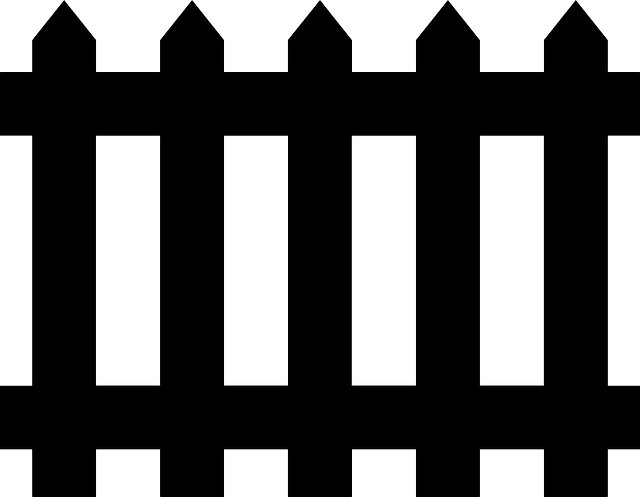For New Bedford, Massachusetts homeowners looking to enhance their outdoor spaces, DIY fence installation offers a cost-effective and rewarding project. This comprehensive guide breaks down the process step-by-step, from understanding your fencing options suited for local yards to setting posts securely and attaching panels. Armed with the right tools, materials, and planning, you’ll be on your way to creating a sturdy and stylish fence that increases your home’s value and privacy.
- Understanding Your Fence Options for New Bedford Yards
- Measuring and Planning: A Step-by-Step Guide
- Tools and Materials Required for Installation
- Setting Posts: Ensuring a Solid Foundation
- Attaching Panels: Creating a Secure Fence
Understanding Your Fence Options for New Bedford Yards
When it comes to fencing your New Bedford, Massachusetts yard, there’s a vast array of options available, each with its own unique benefits and considerations. From traditional wooden fences that offer a classic aesthetic and good privacy to robust chain-link fences ideal for security and durability, the choice can seem overwhelming. Start by evaluating your specific needs—whether it’s privacy, security, or defining property lines—and consider factors like maintenance, budget, and local regulations.
Researching different fence types will help you narrow down choices that align with both your practical requirements and personal style preferences. Additionally, understanding the regional climate in New Bedford ensures you select materials suitable for all seasons. For instance, wood may require more frequent treatment against rot and pests common to Massachusetts’ humid summers.
Measuring and Planning: A Step-by-Step Guide
Before tackling any DIY project, proper planning is key. For fence installation, measuring your yard accurately is the first step. Start by identifying the perimeter of your property and marking it with flags or spray paint to create a clear boundary. Next, decide on the placement of your fence, considering factors like existing structures, trees, or flower beds.
Use measuring tape to take precise measurements along the marked perimeter, ensuring you account for any gates or openings. This data will help you determine the amount and type of fencing material required, as well as provide a blueprint for assembly and installation.
Tools and Materials Required for Installation
To tackle a DIY fence installation successfully, New Bedford homeowners need to gather the right tools and materials. Essential items include post-hole digger or auger for drilling holes, a level for ensuring proper alignment, concrete mix for setting posts, wooden fence panels or pickets, hardware such as brackets and fasteners, and a measuring tape for accurate measurements. Depending on your fence style, you might also need corner posts, caps, or gates with necessary hinges and latches. Having these in place will ensure a sturdy, long-lasting fence that enhances your property’s aesthetic appeal.
Setting Posts: Ensuring a Solid Foundation
When installing a fence, setting posts correctly is paramount for a solid and durable structure. For New Bedford homeowners, preparing the ground is key. Dig deep enough holes—typically about 3 feet—to accommodate at least one-third of the post’s height. This depth ensures stability against shifting soil and high winds. Fill the holes with concrete, allowing it to set completely before proceeding.
Proper spacing between posts is equally vital. Most fence styles require posts placed every 6 to 8 feet, depending on the length. Maintaining this spacing provides adequate support while also allowing for flexibility during post setting. Always double-check measurements and local building codes before breaking ground to ensure your fence installation meets all necessary requirements.
Attaching Panels: Creating a Secure Fence
Attaching fence panels is a crucial step in ensuring your new fence is secure and durable. Start by aligning the bottom rail with the post, making sure it’s level. Secure the rail to the posts using metal brackets or screws, tightening them firmly but avoiding over-tightening to prevent damage to the fence material. Next, attach the panels to the rails using nails or screws, following the manufacturer’s instructions for spacing and placement. Overlapping joints between panels create a stronger barrier and reduce visibility through the fence.
Double check each connection point, making sure all brackets, screws, and nails are securely fastened. This meticulous process creates a solid foundation that can withstand wind, weather, and regular wear and tear, ensuring your fence stands strong for years to come.
